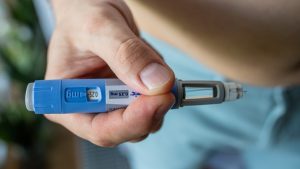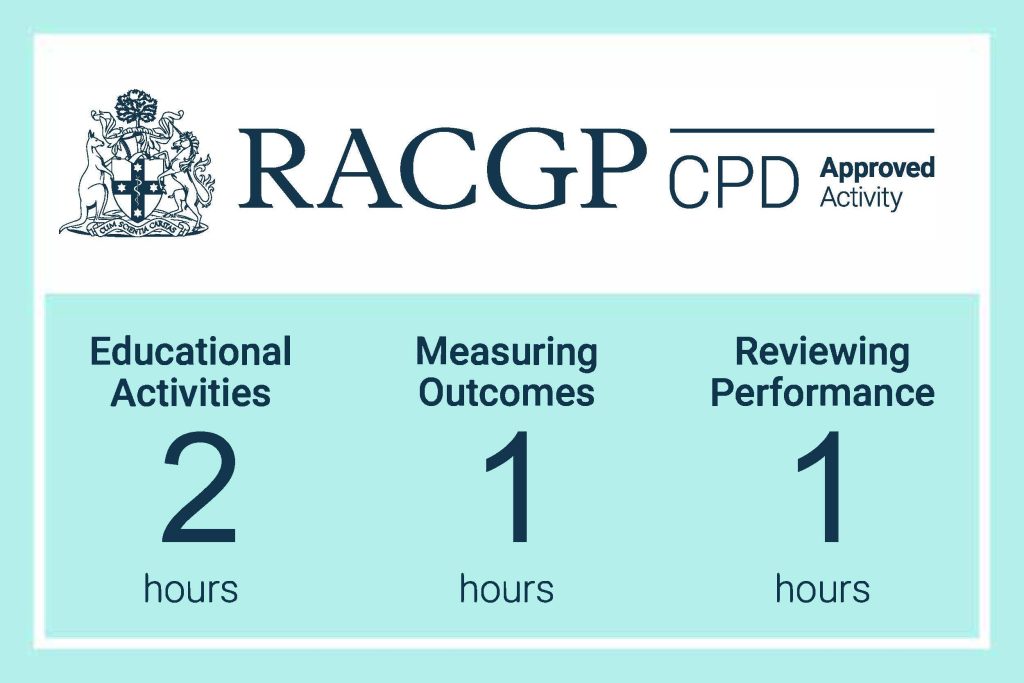Articles / CPD: Side-by-side comparison of old vs new systems


writer
MBBS (Hons), DCH (Lon), FRACGP, FAICD, GCUT (UNDA), Head, General Practice and Primary Care Research, School of Medicine, Sydney, The University of Notre Dame Australia
0 hours
These are activities that expand general practice knowledge, skills and attitudes, related to your scope of practice.
0 hours
These are activities that require reflection on feedback about your work.
0 hours
These are activities that use your work data to ensure quality results.
These are activities that expand general practice knowledge, skills and attitudes, related to your scope of practice.
These are activities that require reflection on feedback about your work.
These are activities that use your work data to ensure quality results.
How is the new CPD system different?
But what really are the differences between what I do now and what will happen from 2023?
Here’s a side-by-side comparison:

There is no time allocated against completion of a PDP plan but the RACGP myCPD will automatically allocate five hours to everyone who uses the program to prepare their plan. It is NOT expected that a PDP will take five hours to complete. This time is being allocated in the expectation that five hours might be spent thinking, planning and reviewing for your CPD over the entirety of the year.
Each year, AHPRA will require every CPD home to audit 5% of the enrolled medical practitioners’ CPD diaries and PDPs. The CPD Homes will themselves be subjected to an audit by AHPRA to check that they are doing what they have been accredited to do!
As I write this article, I have not yet seen any details about the organisations who have put in Expressions of Interest to become CPD Homes. 31 August was the closing date for all EOIs to be submitted.
As more information emerges, we will update you about any breaking news!
I hope that after reading all three of the CPD articles you feel less confused about what will happen next year – and more confident that your specialist college will be able to assist you in navigating all of the changes both easily and without any complications!
Dr Charlotte Hespe is a GP based in Sydney and the Head of General Practice and Primary Care Research at the School of Medicine at The University of Notre Dame Australia.

Menopausal Hormone Therapy - What Dose of Estrogen is Best?

Cardiovascular Benefits of GLP1s – New Evidence

Oral Contraceptive Pill in Teens

RSV and the Heart

writer
MBBS (Hons), DCH (Lon), FRACGP, FAICD, GCUT (UNDA), Head, General Practice and Primary Care Research, School of Medicine, Sydney, The University of Notre Dame Australia


Modified but kept in place
Eliminated entirely without replacement
Maintained as is
Completely replaced with an alternative system
Listen to expert interviews.
Click to open in a new tab
Browse the latest articles from Healthed.
Once you confirm you’ve read this article you can complete a Patient Case Review to earn 0.5 hours CPD in the Reviewing Performance (RP) category.
Select ‘Confirm & learn‘ when you have read this article in its entirety and you will be taken to begin your Patient Case Review.
Menopause and MHT
Multiple sclerosis vs antibody disease
Using SGLT2 to reduce cardiovascular death in T2D
Peripheral arterial disease
